For many years, it is clear that rich in fruits, vegetables, legumes and grains diet reduces the risk of diseases like heart disease, cancer, diabetes and high blood pressure. The effects of these foods are due to antioxidants - specific minerals, vitamins and enzymes that protect cells from the damaging effects of free radicals. Another group of health-promoting substances contained in these foods are chemical substances of vegetable origin, called phytonutrients.
Phytonutrients, also known as phytochemicals present a wide range of plant compounds that help maintain good health. These are biologically active substances that impart the color, the smell and the natural resistance of plants to diseases.

Types of phytonutrients
Phytoestrogens - substances of plant origin, which are similar to female sex hormones. Being in the woman's body, phytoestrogens are able to regulate the synthesis and to compensate for the lack of estrogen to the level of which it depends on the health and appearance of the woman.
Phytosterols - plant oils that plays a very important role in key processes in the body. Their main action is to lower the amount of bad cholesterol, thereby protecting the health of the arteries. Cholesterol is locked out of the body with the remainder of the food. Phytosterols support and natural protection against external influences and have very strong anti-inflammatory effects.

Saponins - sophisticated glycosides that are found in plants. They help the absorption of carbohydrates, fats and other substances in the body. Some saponins may lower blood pressure or influence the metabolism.
Benefits of phytonutrients
Phytonutrients have no nutritional value to the human body, but protect the body from a number of serious diseases. One of the most valuable attributes of phytochemicals is the prevention of cancer, diabetes and cardiovascular diseases. Scientists believe that phytonutrients fight against cancer by blocking one or more of the steps leading to the formation of tumors.
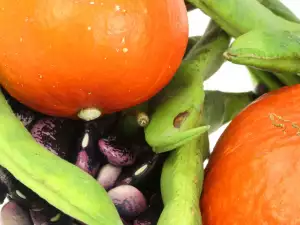
More than 200 studies on phytonutrients have shown that there is a positive association between decreased cancer risk and consumption of fruits, vegetables, grains and legumes.
Sulfur compounds enhance the function of liver enzymes stops cholesterol synthesis, reduce blood pressure and improve immune reactions. Last but not least, they fight germs, parasites and infections.
One of the greatest advantages of phytonutrients is that unlike most vitamins, they are not destroyed in the process of cooking or other thermal treatment. Naturally, the most useful are raw, but grain and legume products should be cooked.
Sources of phytonutrients

Phytoestrogens you can get through the consumption of sprouts from alfalfa roots, licorice, soya products and sprouts of clover. Phytosterols are found in largest amounts in corn, soybeans, sesame, safflower and pumpkin.
Saponins are contained in tropical potatoes, beans, nuts and beetroot. Terpenes you can get some with carrots, potatoes, apricots and melons. Phenols are contained mostly in the dill, parsley, carrots and alfalfa. Onions and garlic are rich in sulfur compounds. In general, almost any fruit or vegetable has an extremely high amount of nutrients for the body.
Deficiency of phytonutrients
As mentioned, the beneficial phytonutrients have no nutritional value to the body, but in contrast, their absence leaves the body unprotected from the harmful action of free radicals. Regular consumption of fruits and vegetables is essential to good health.
Rich in fats and low in phytonutrients diet can lead to obesity, clogged arteries, cancer, diabetes and heart disease. So, eat more raw fruits and vegetables. Dishes need to be distributed in the following ratio - 60/40 in favor of vegetables and at the expense of meat.



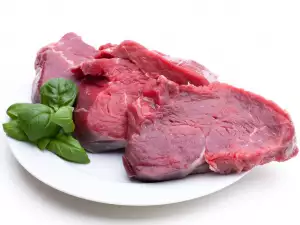





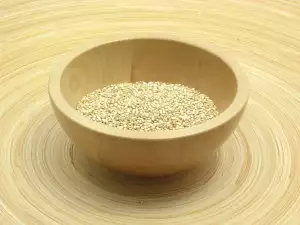


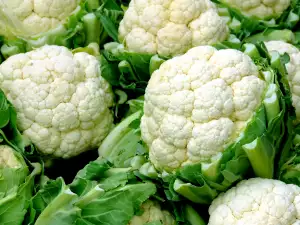


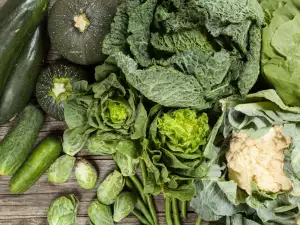
Comments